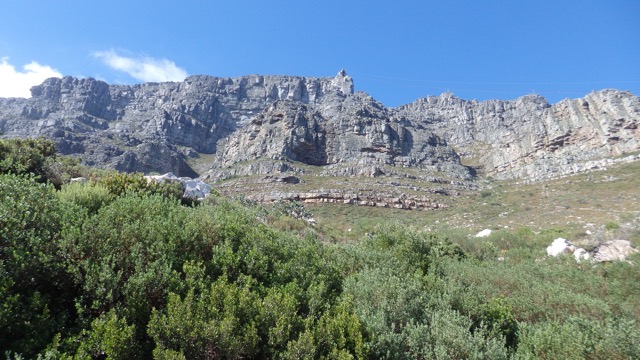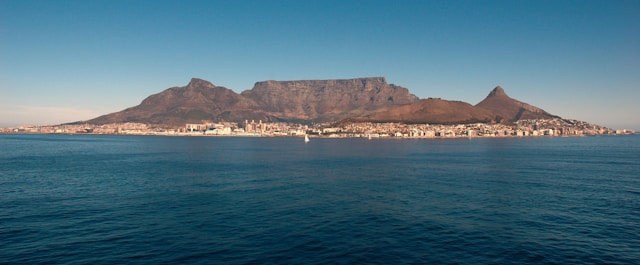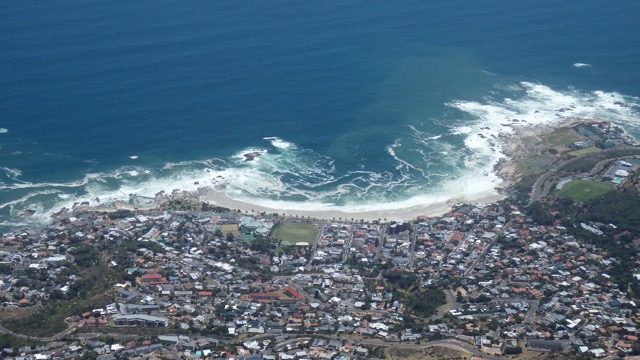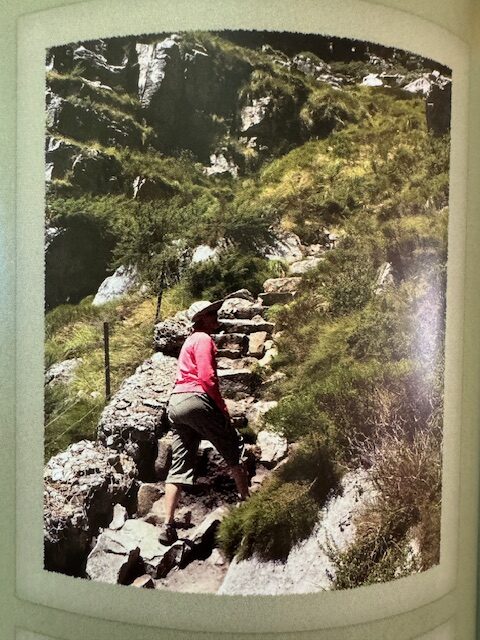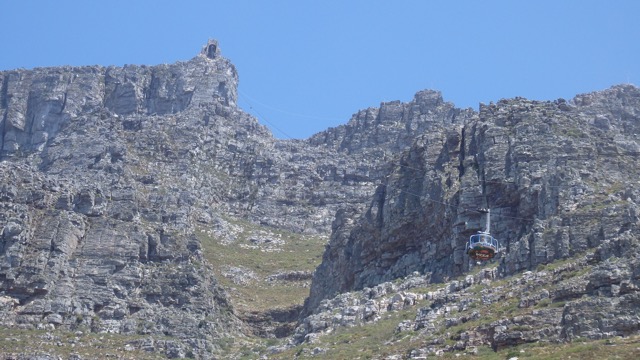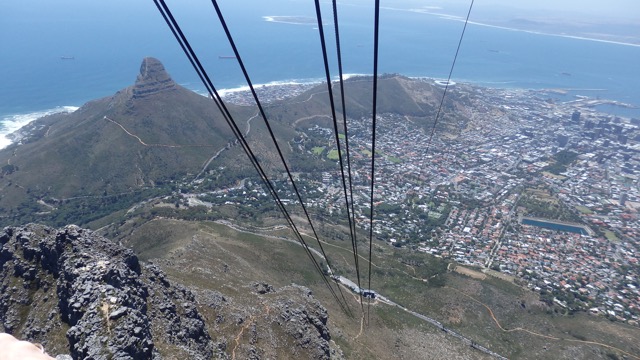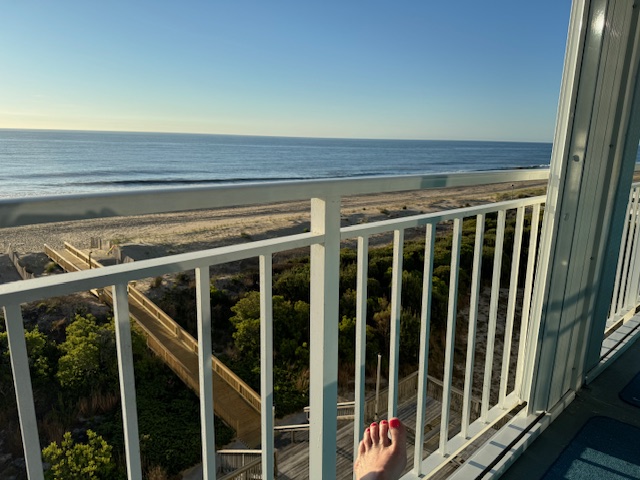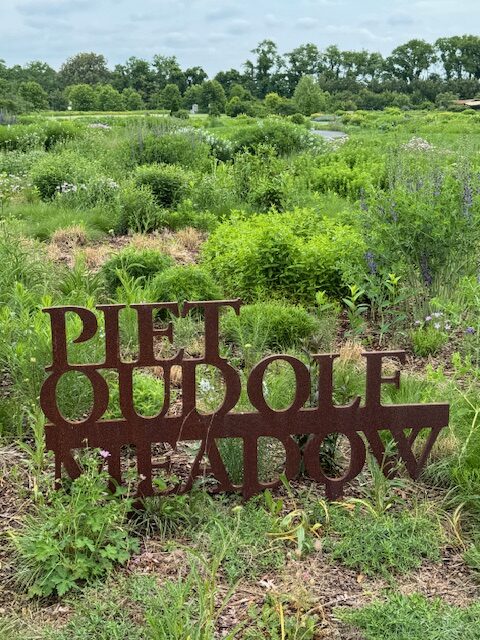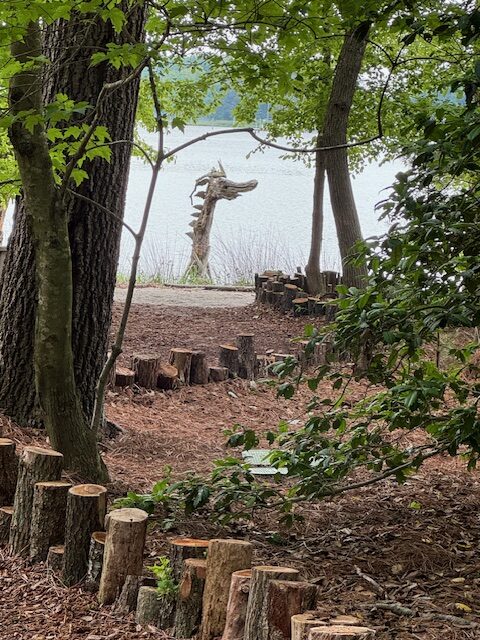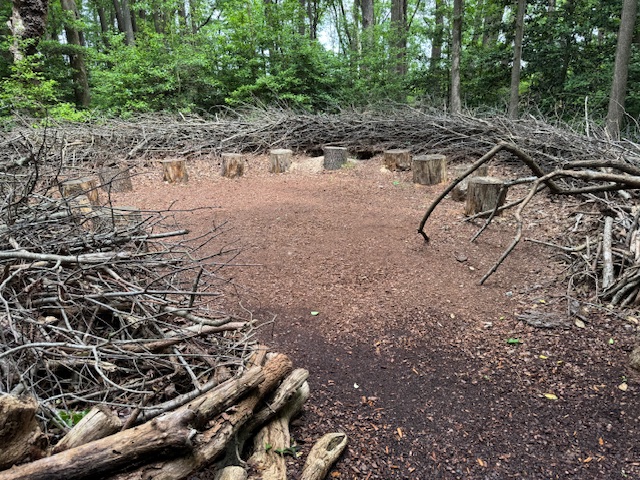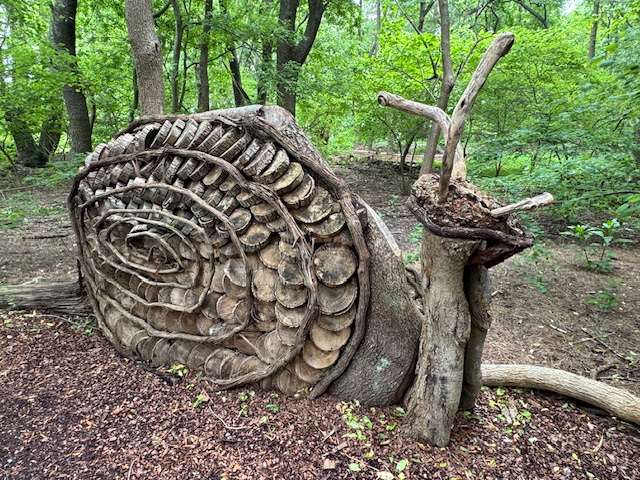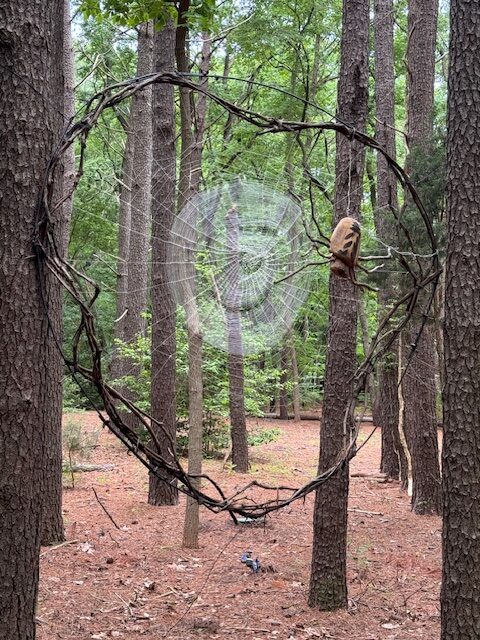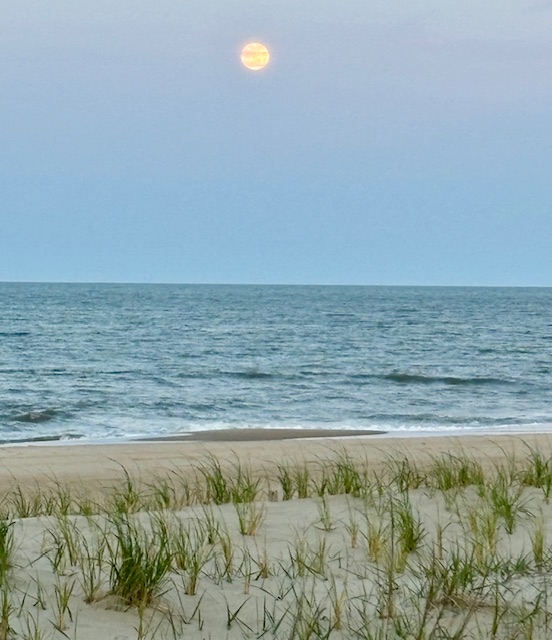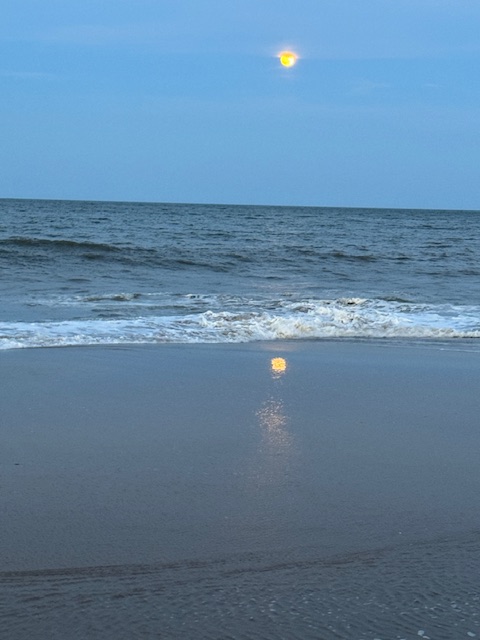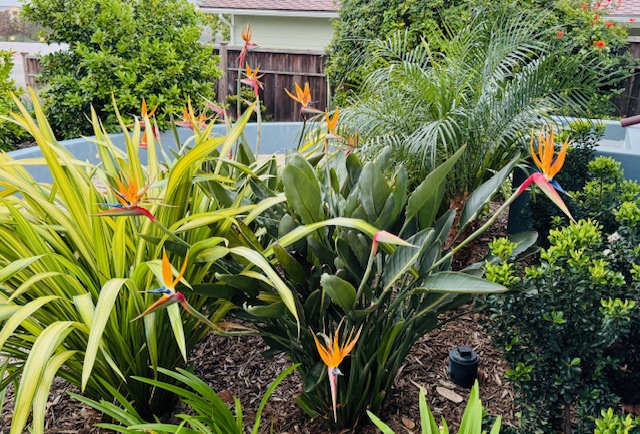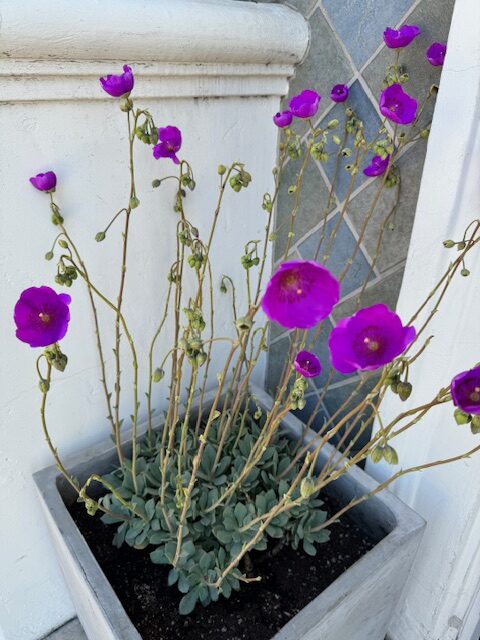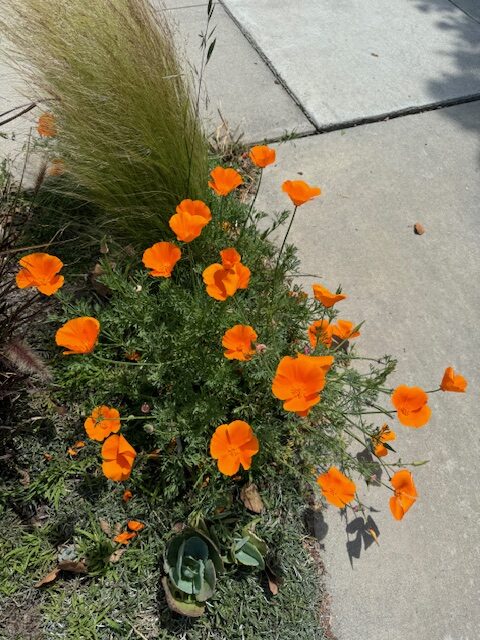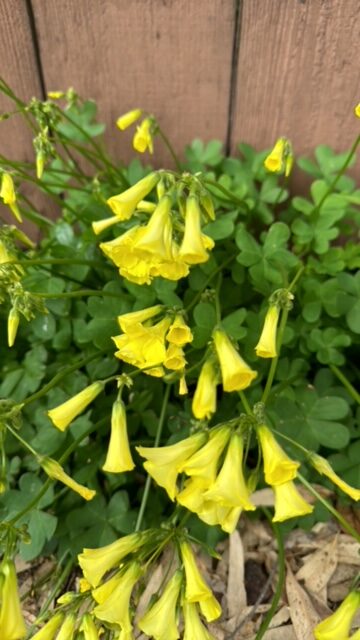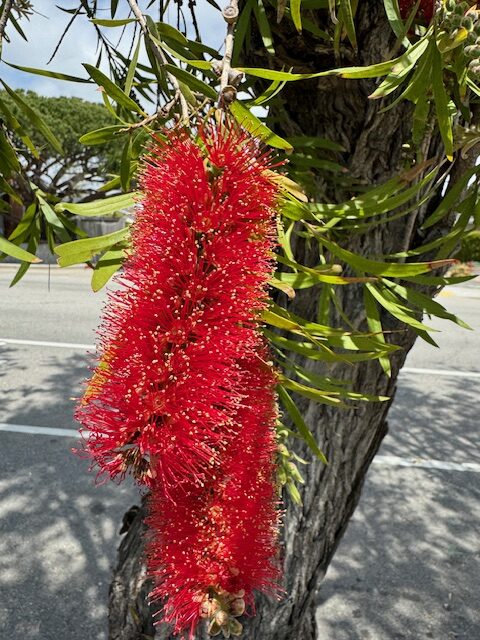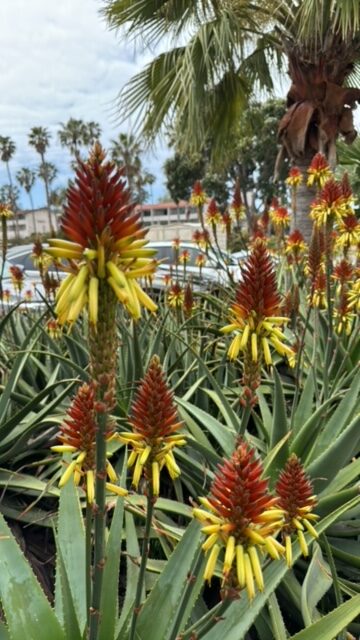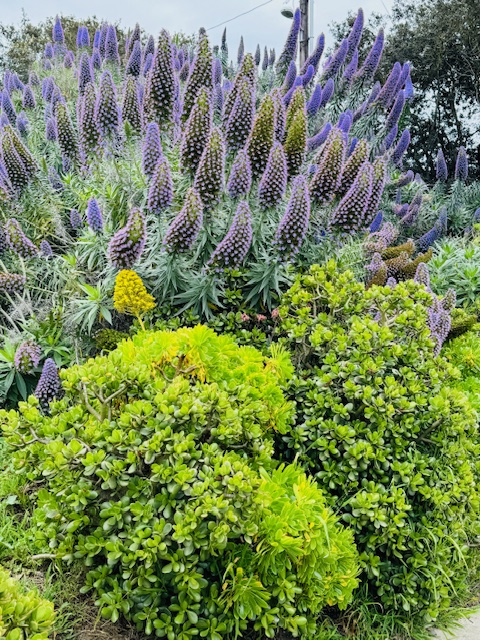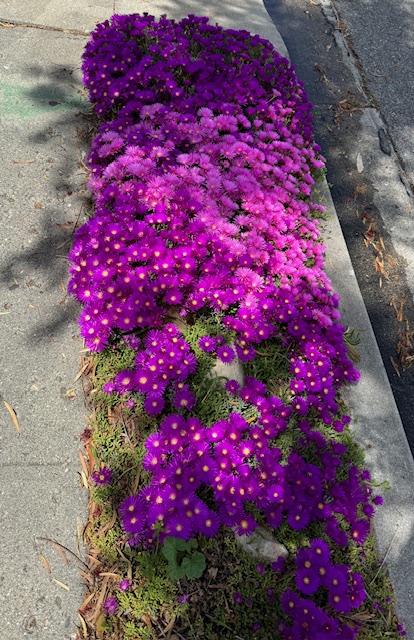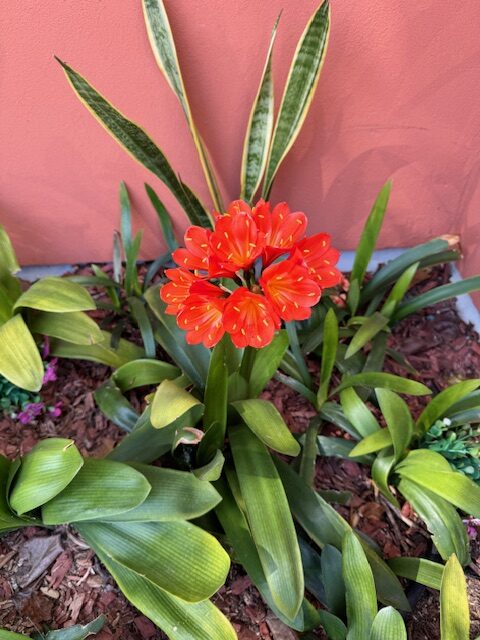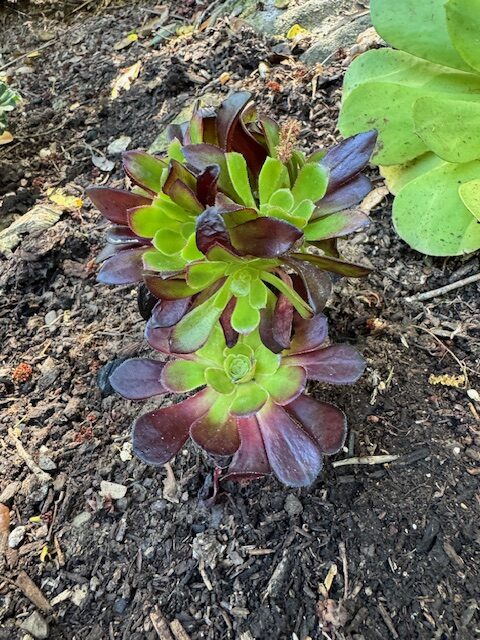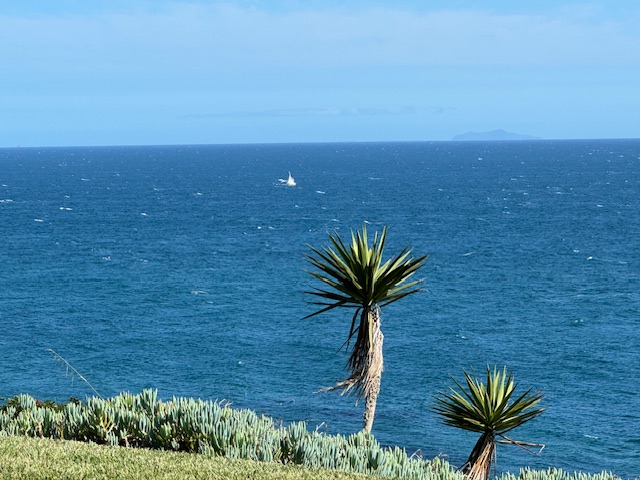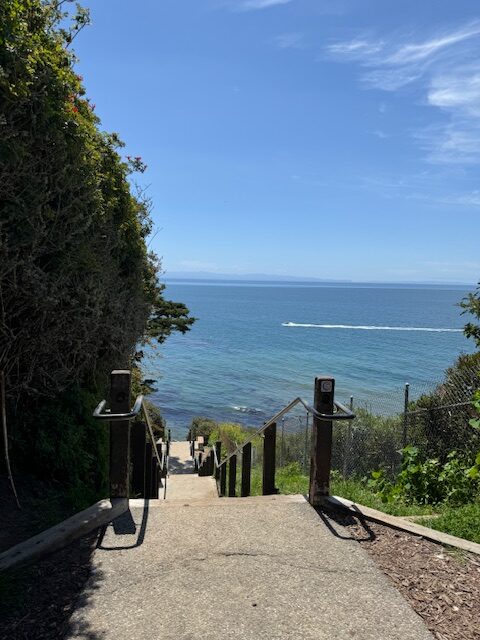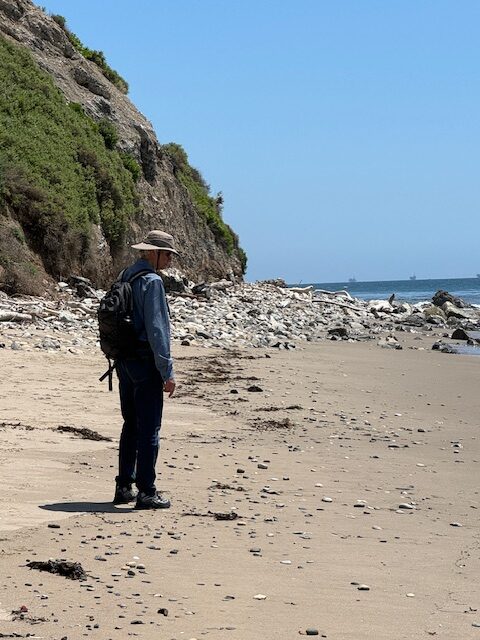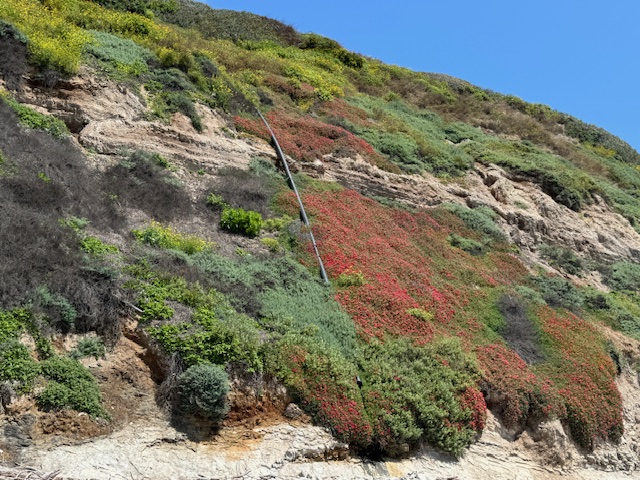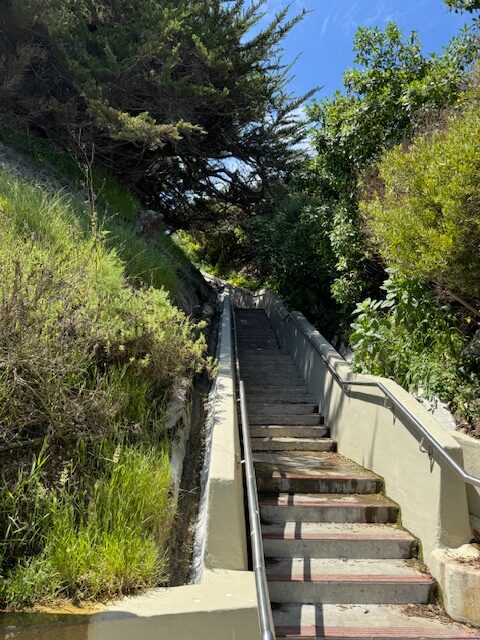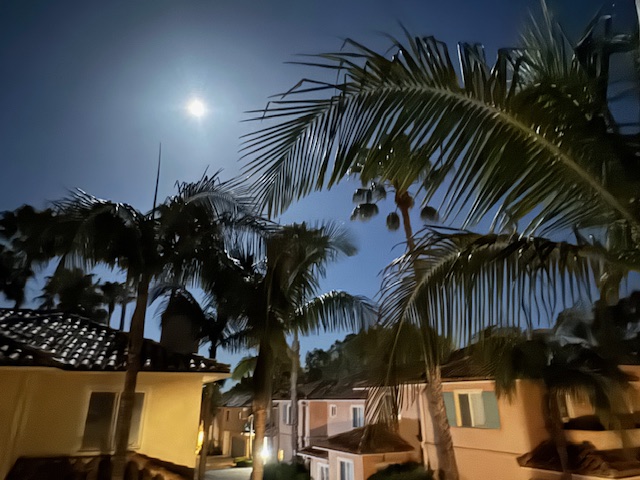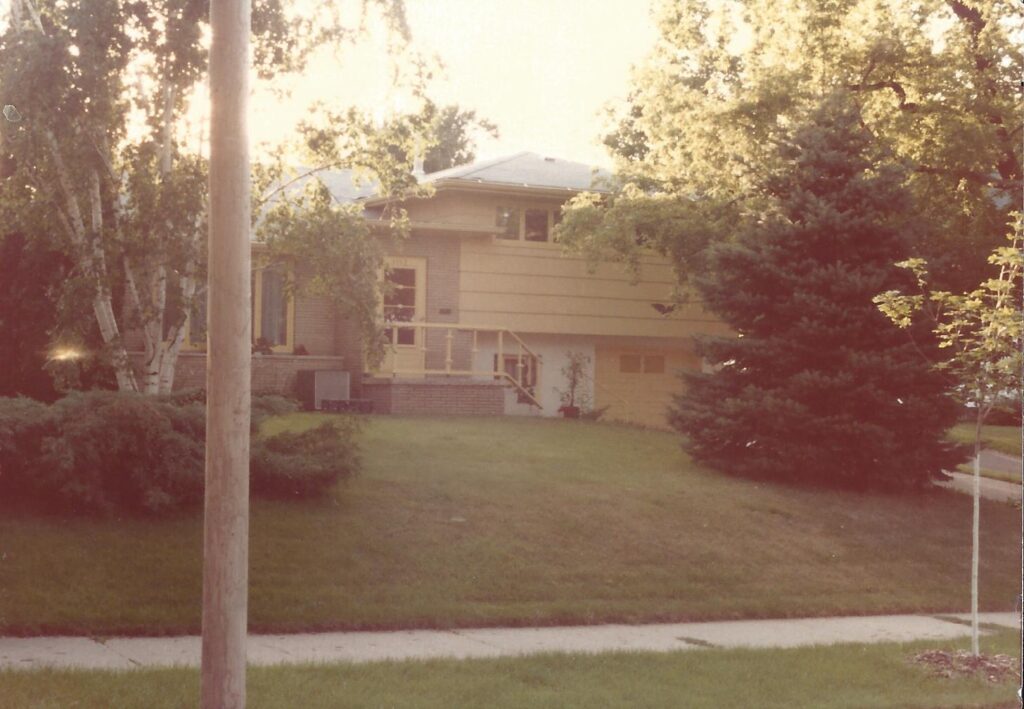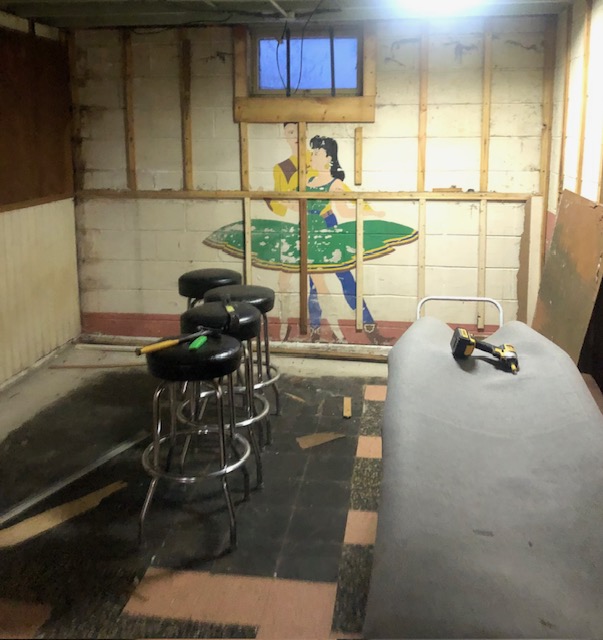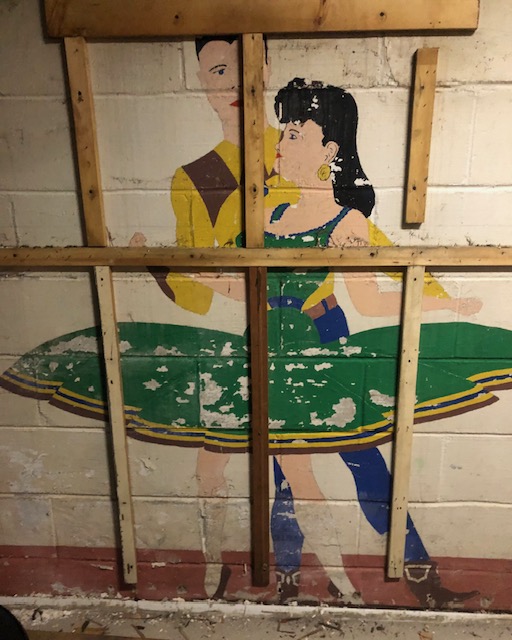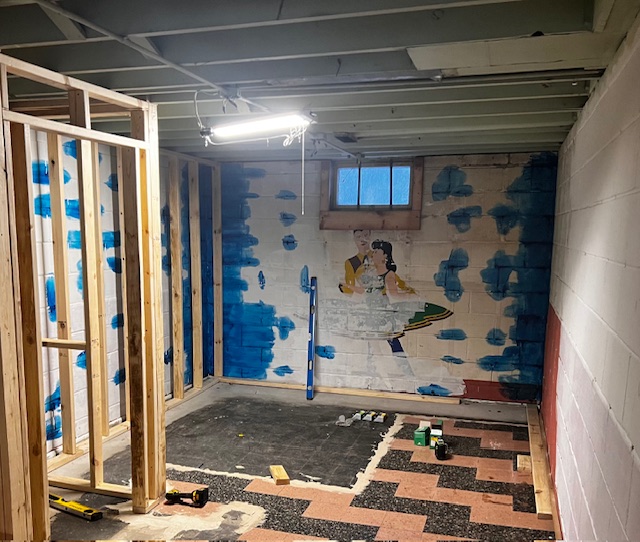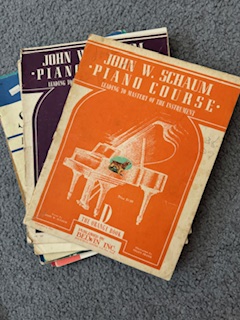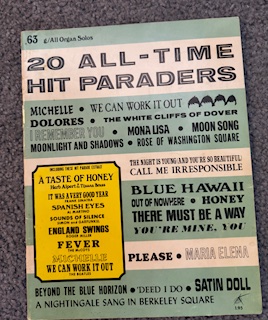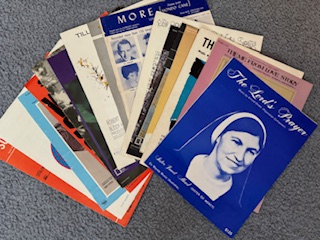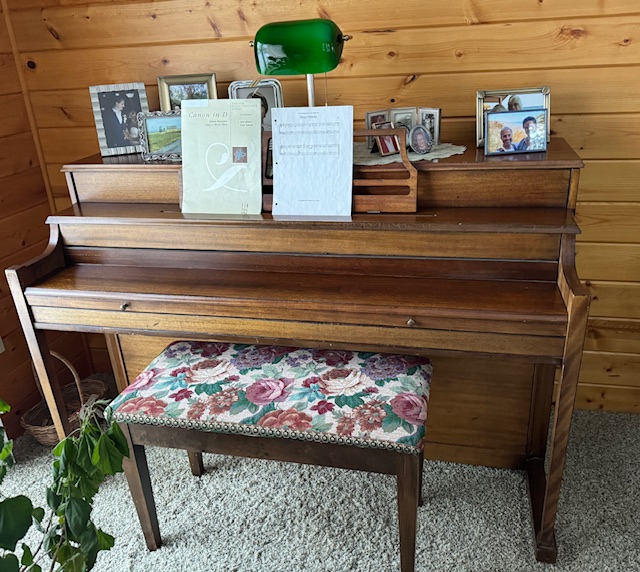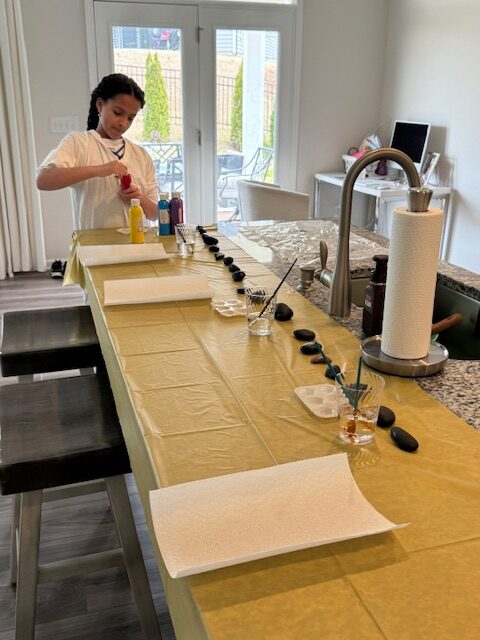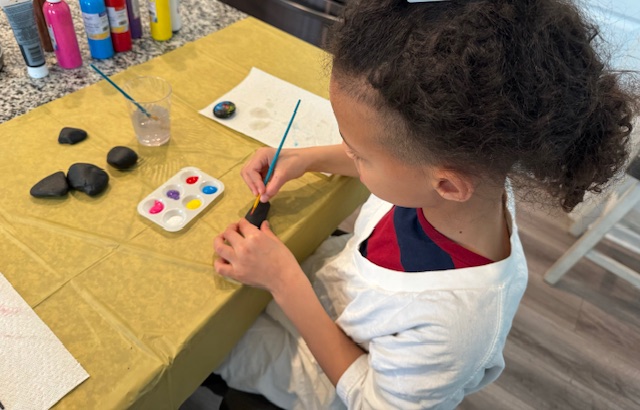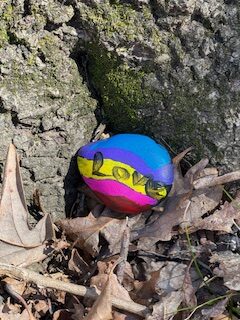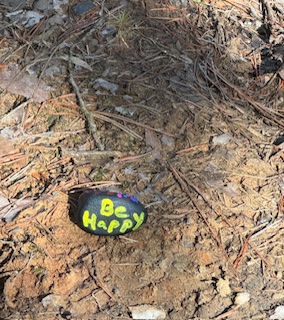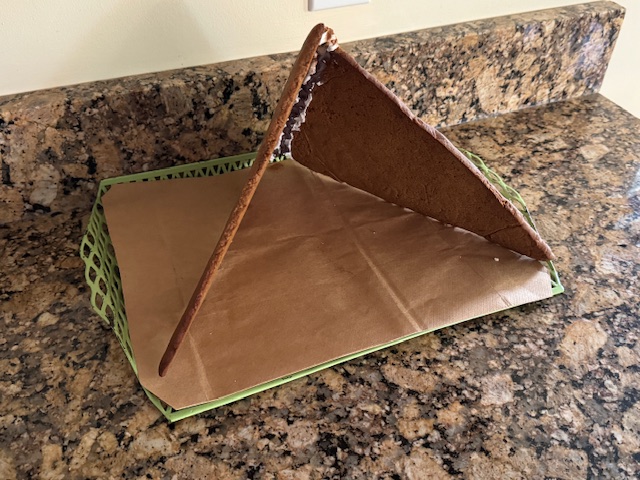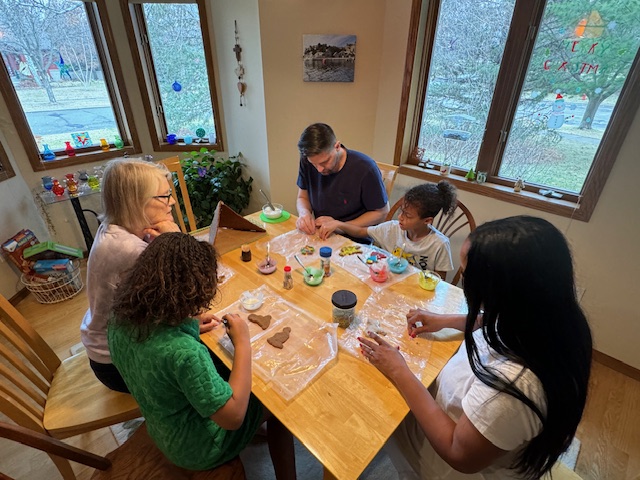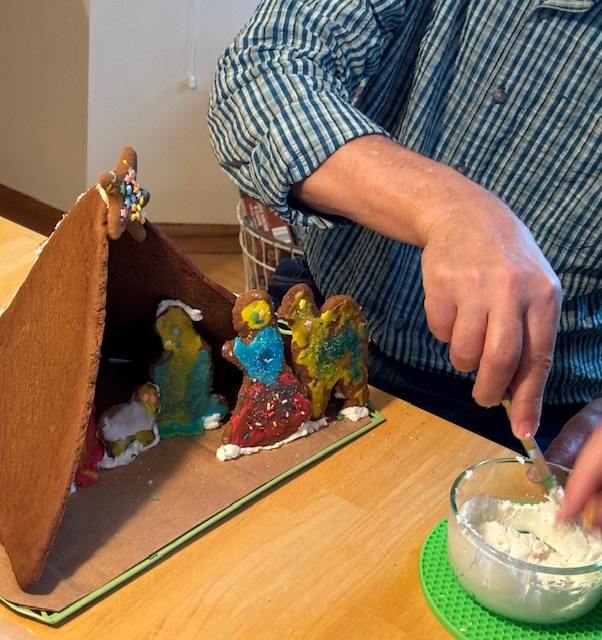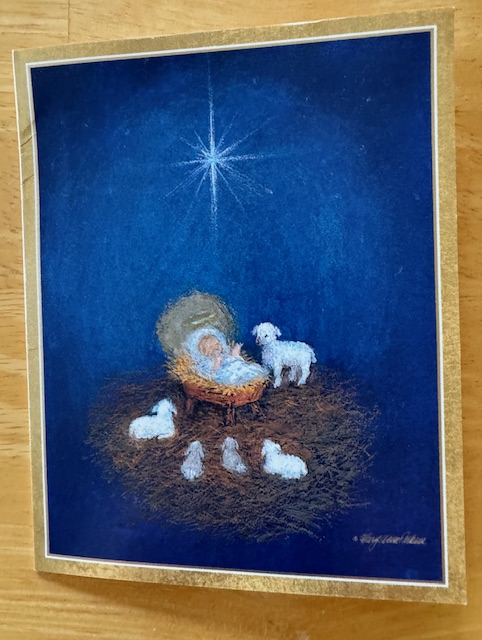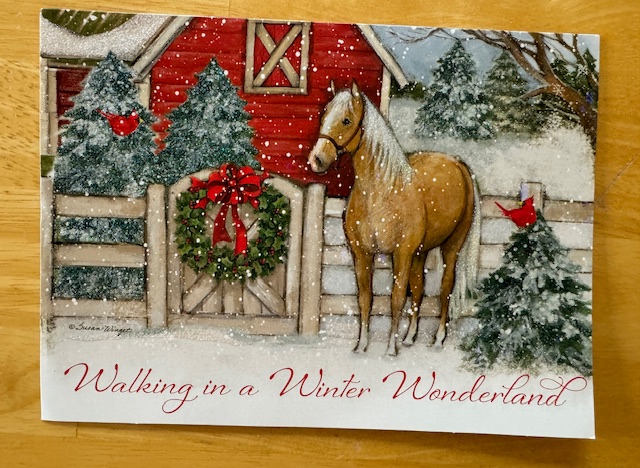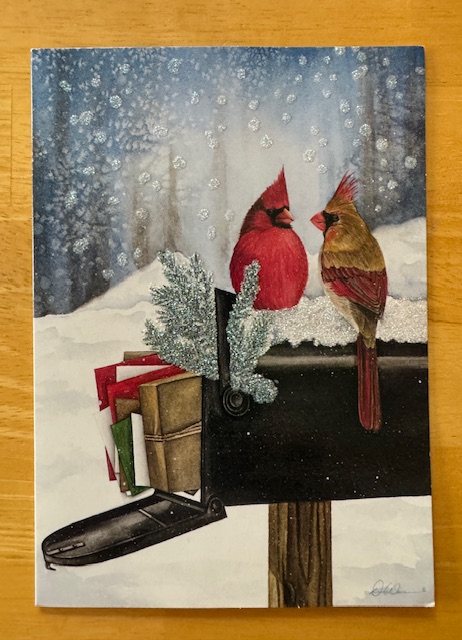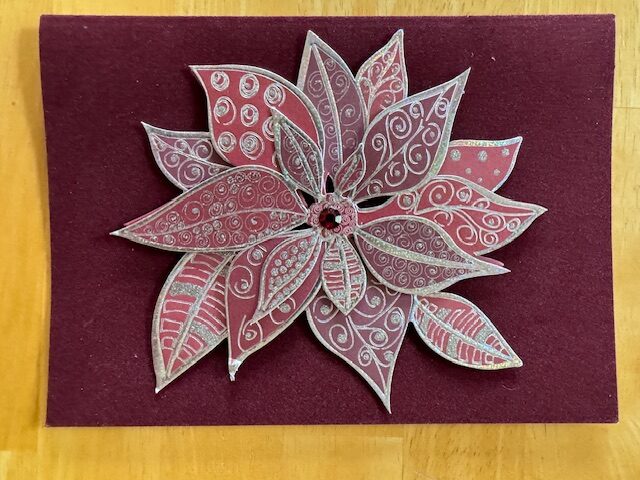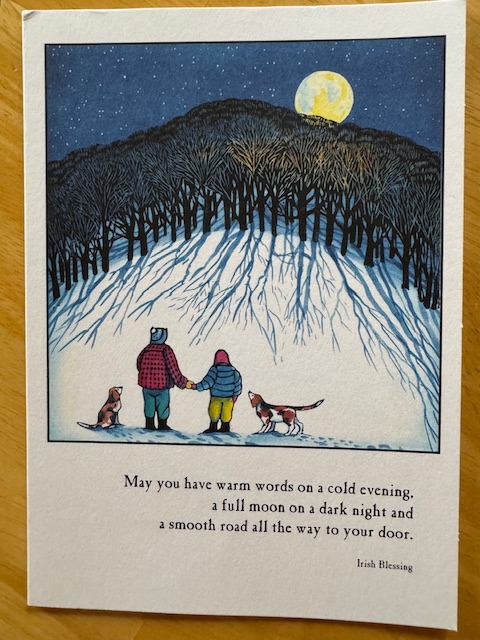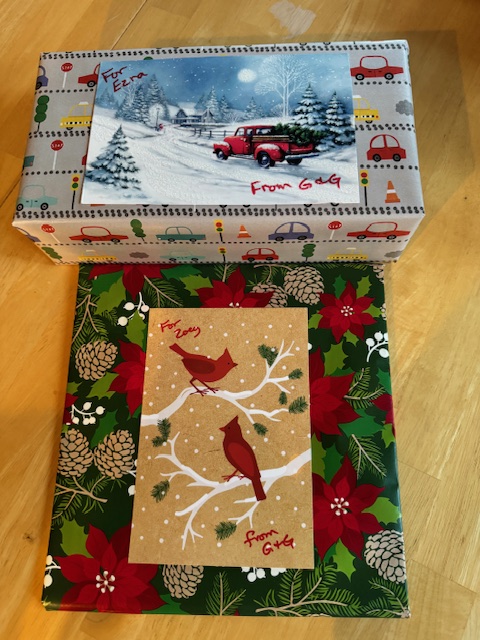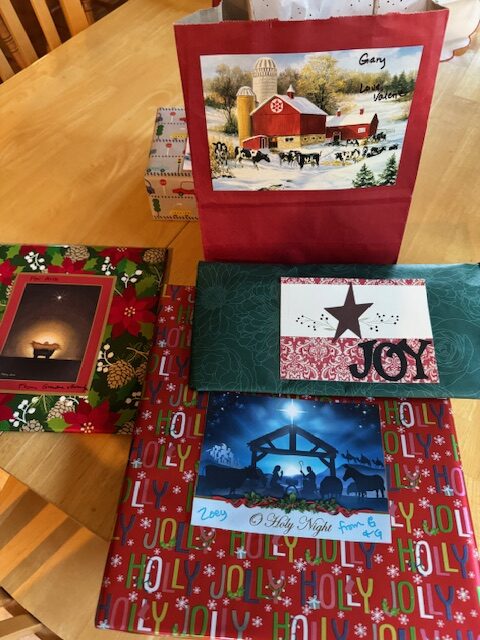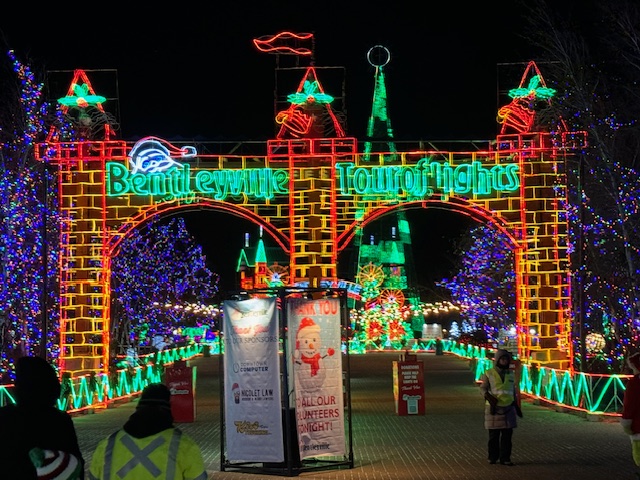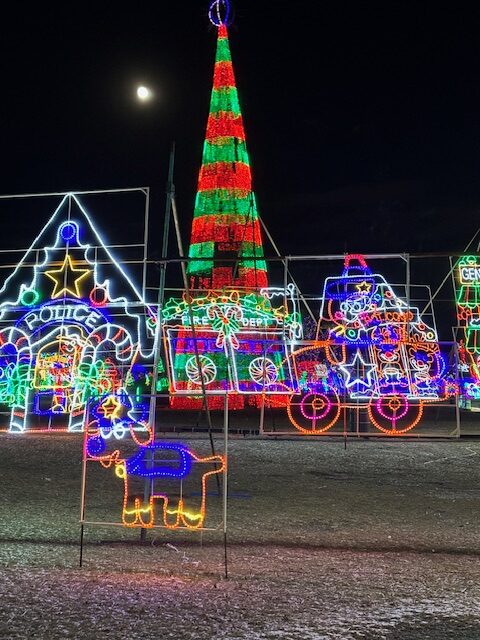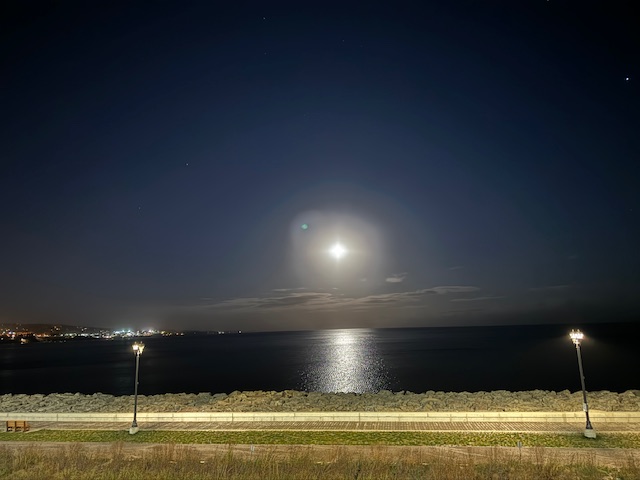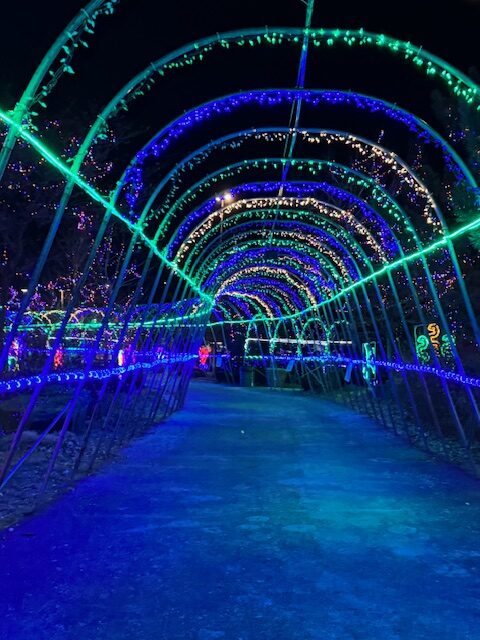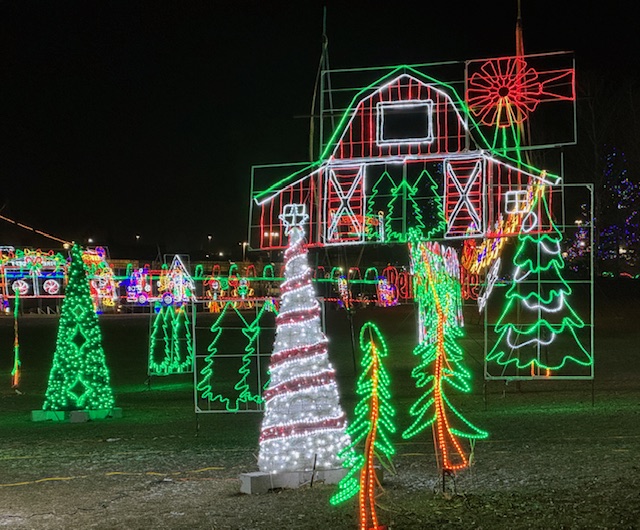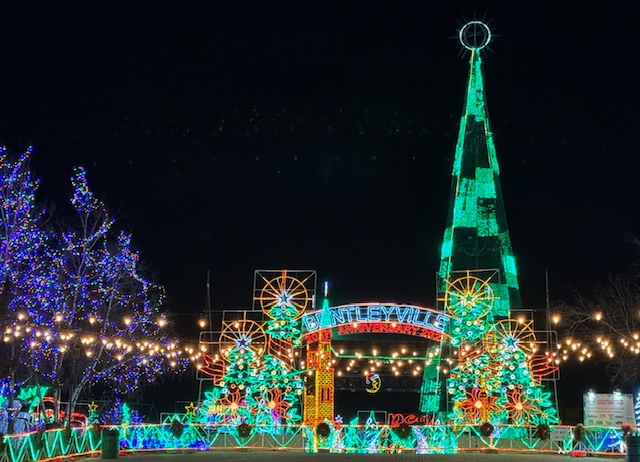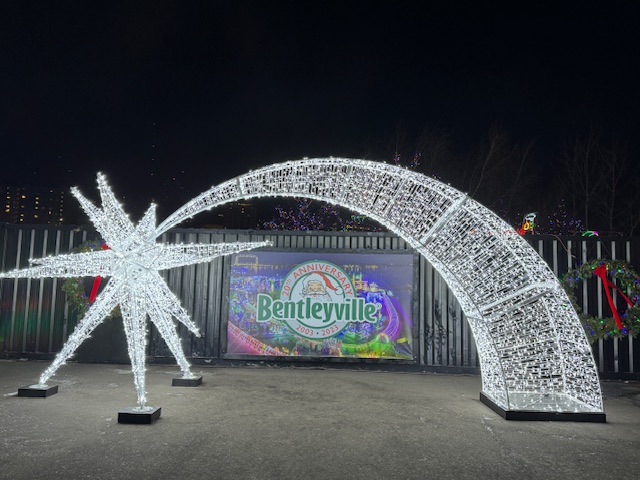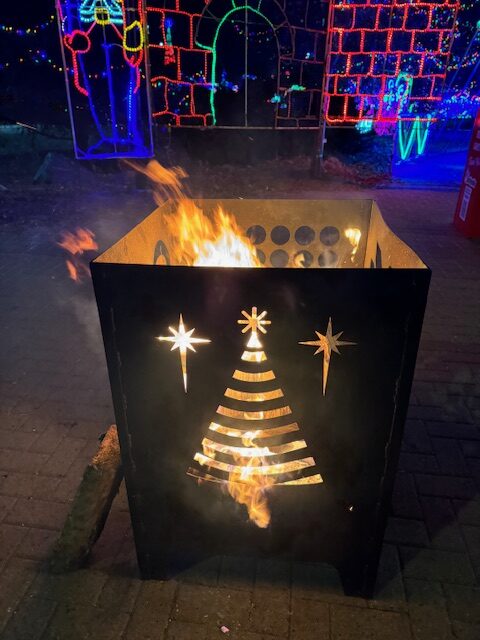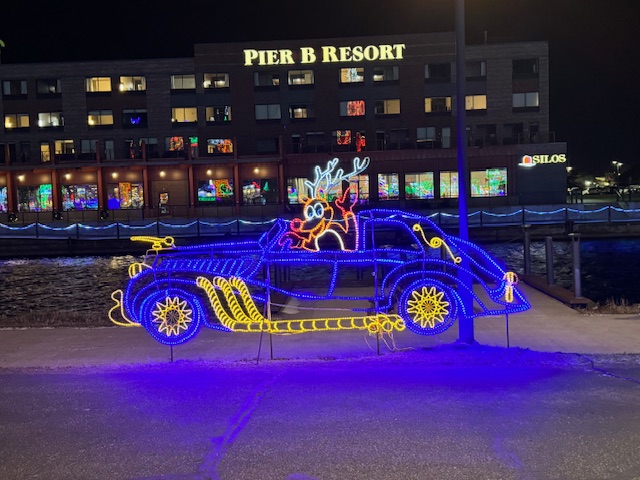The month of July was a very unusual, emotional month for us – dramatic negatives interspersed with unique positives…
A Negative:
A family member has been very sick.
A Positive:
My second cousin and his wife from Norway stayed with us for five days and we enjoyed our time together.
A Positive:
Our youngest son and his wife and two children, Zoey & Ezra, came for a three-week visit.
A Negative:
I tested positive for COVID, and needed to curtail some activities. Thankfully I didn’t get very sick, it didn’t linger, and no one else caught it.
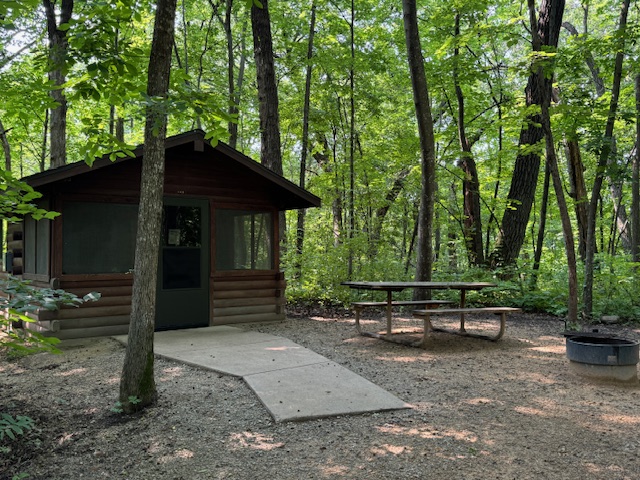
A stand-out activity with our two grandchildren from North Carolina, was a camping trip. We made plans to go camping with Zoey and Ezra when we knew they would be visiting us in Minnesota. Their parents had planned a getaway by themselves to celebrate special birthdays, so we made reservations for a camping cabin in a state park, about an hour away.
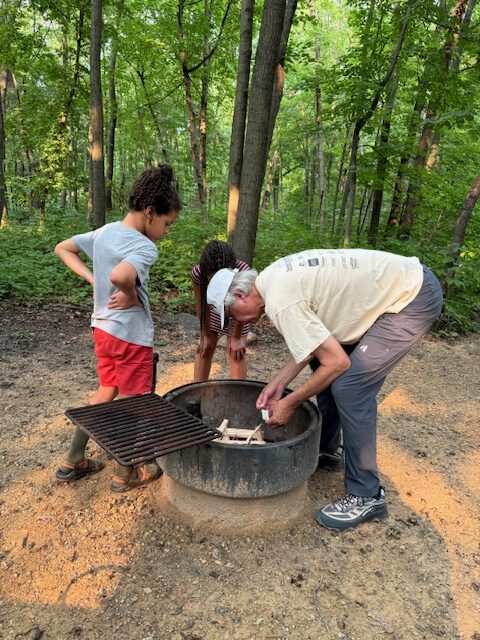
Camping never disappoints to create unforgettable memories. And we created memories. The biggest problem we encountered were the mosquitos, of course, and it also rained a couple of times. But we were able to do all we wanted to. We ate well (and outside)…blueberry pancakes, roasted hot dogs, s’mores, hobo meals… and we sat around the campfire, relaxed and read in the screen porch, had ice cream for lunch…we had fun.
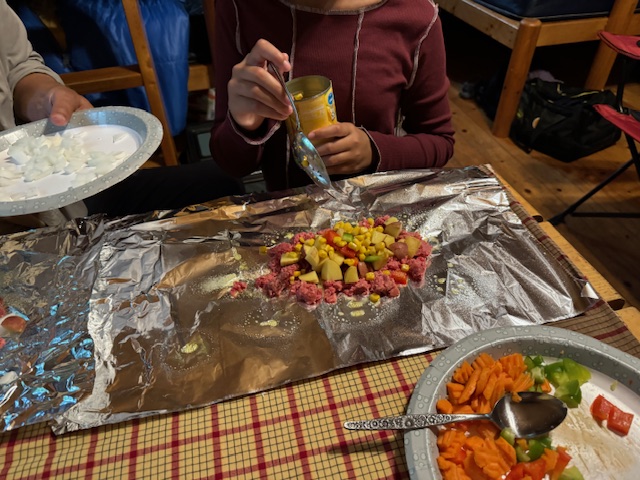
One of my favorite activities with Zoey and Ezra was writing and creating a book about our camping experience after we returned home. Zoey took notes as we all sat together and made suggestions as to what to write about our two-night camping trip and all the mishaps…much like The Berenstain Bears and Too Much Vacation. Both Ezra and Zoey got into this activity and we spent several hours on it. And I must say, it turned out well.
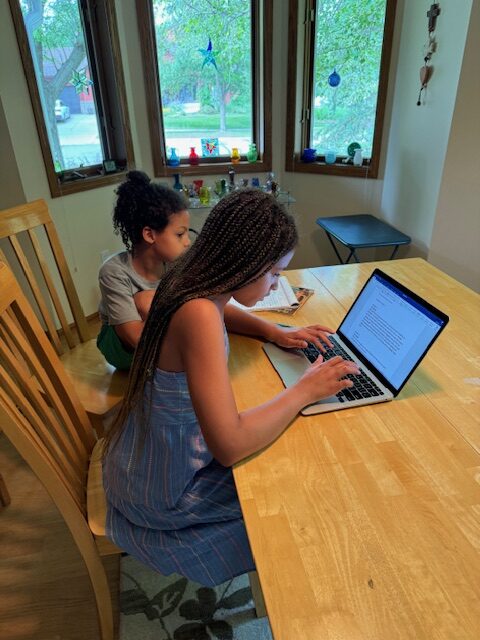
Ezra dictated as Zoey typed it up in a Word document. Then I edited the six chapters, and it “went to press”. We printed copies to present to the parents when they arrived home from their mini-get away.
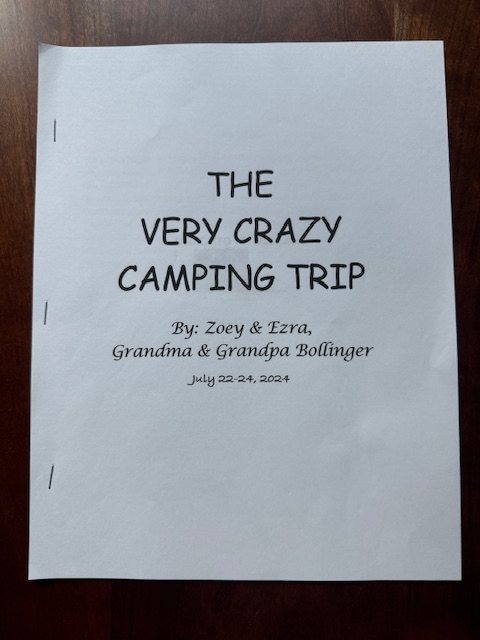
The book, The Very Crazy Camping Trip, became an instant success!
